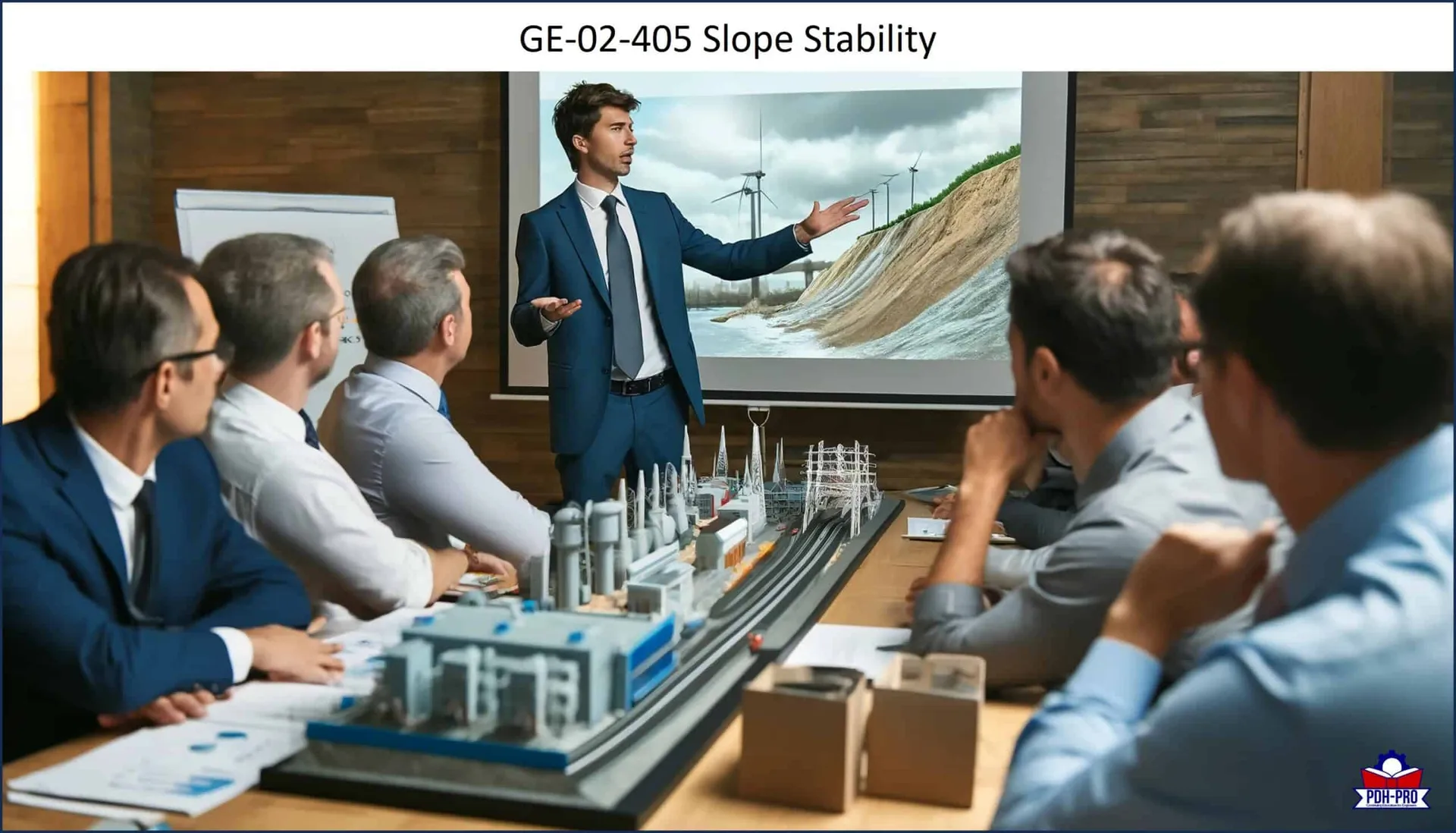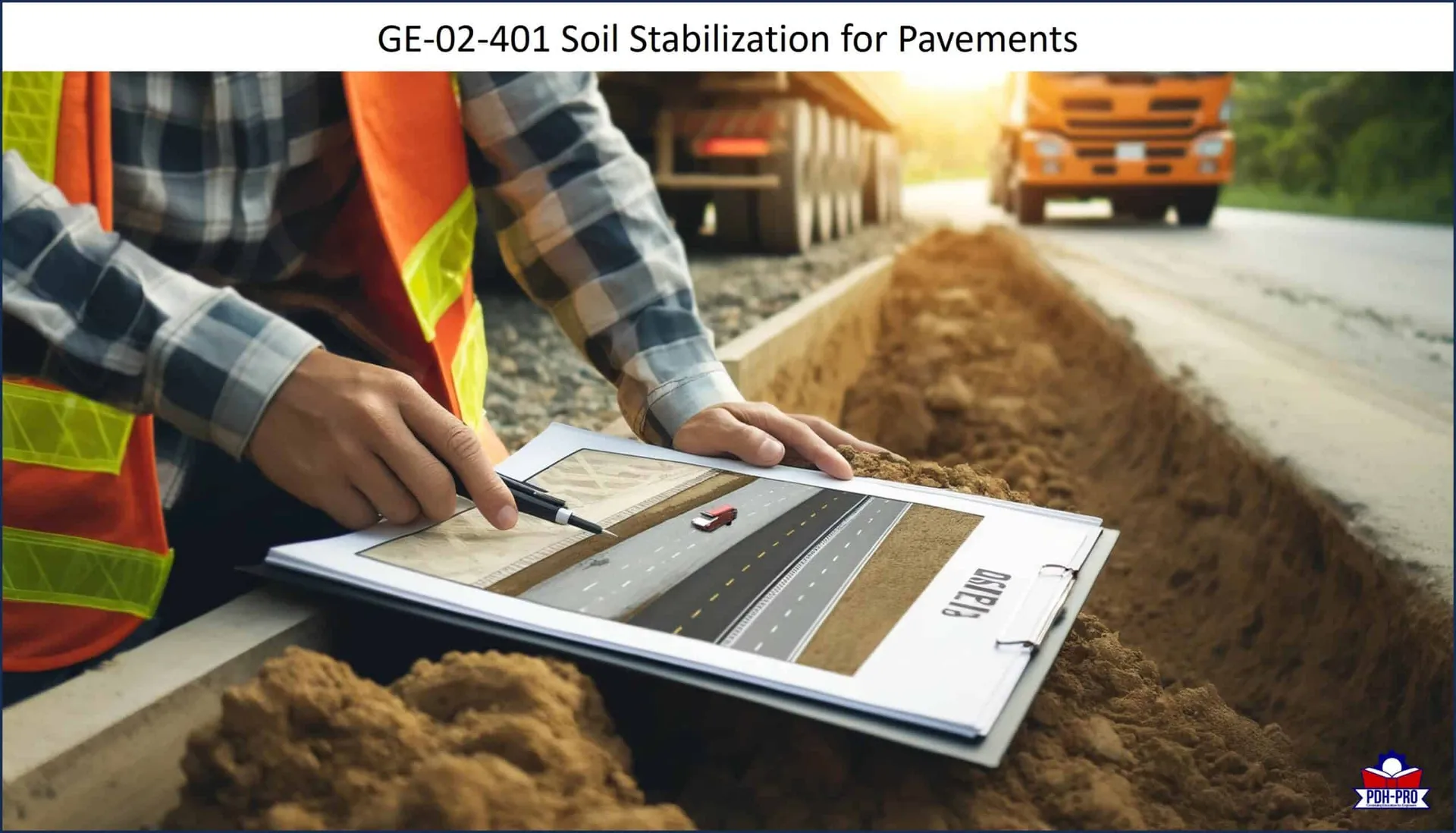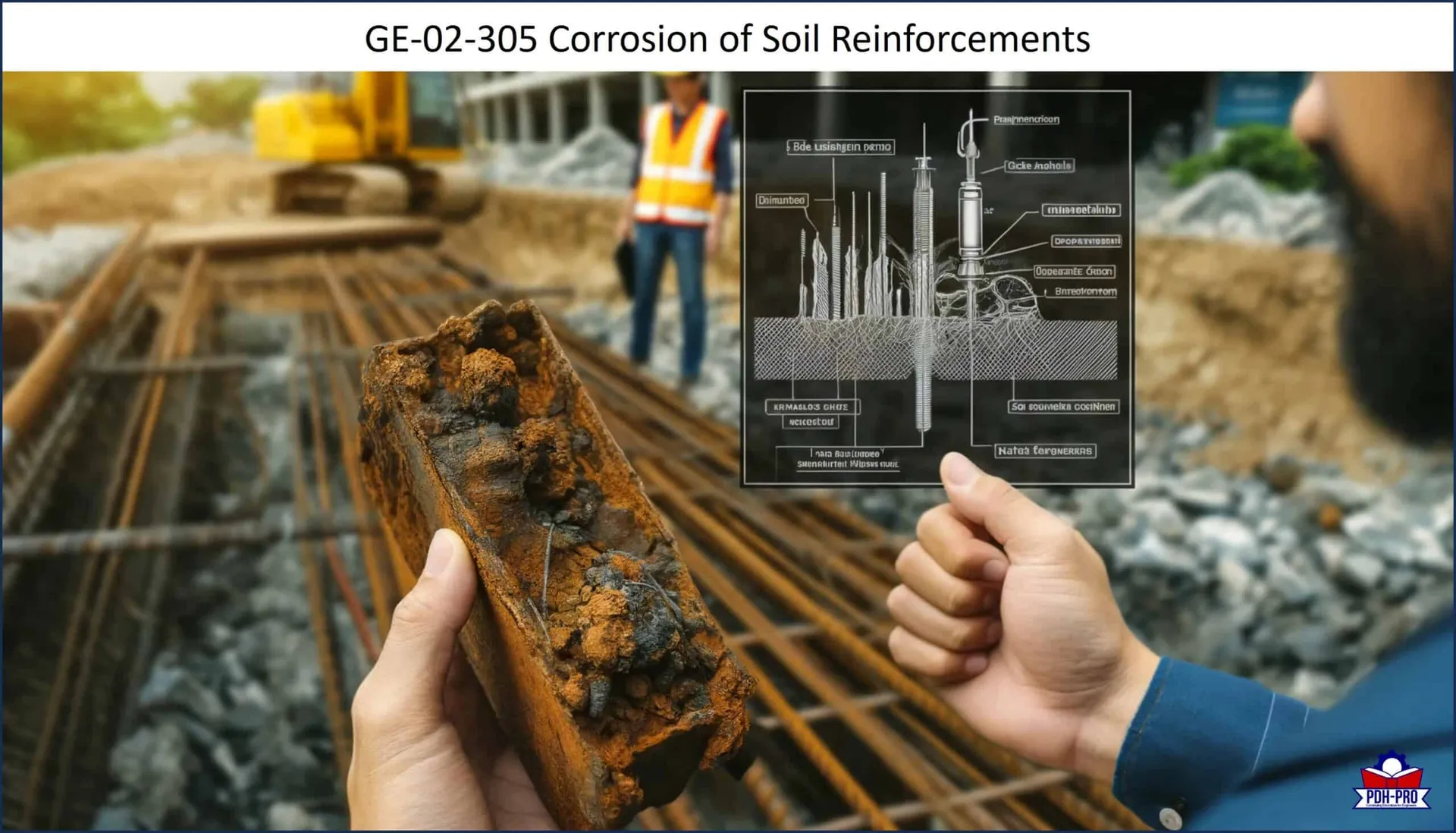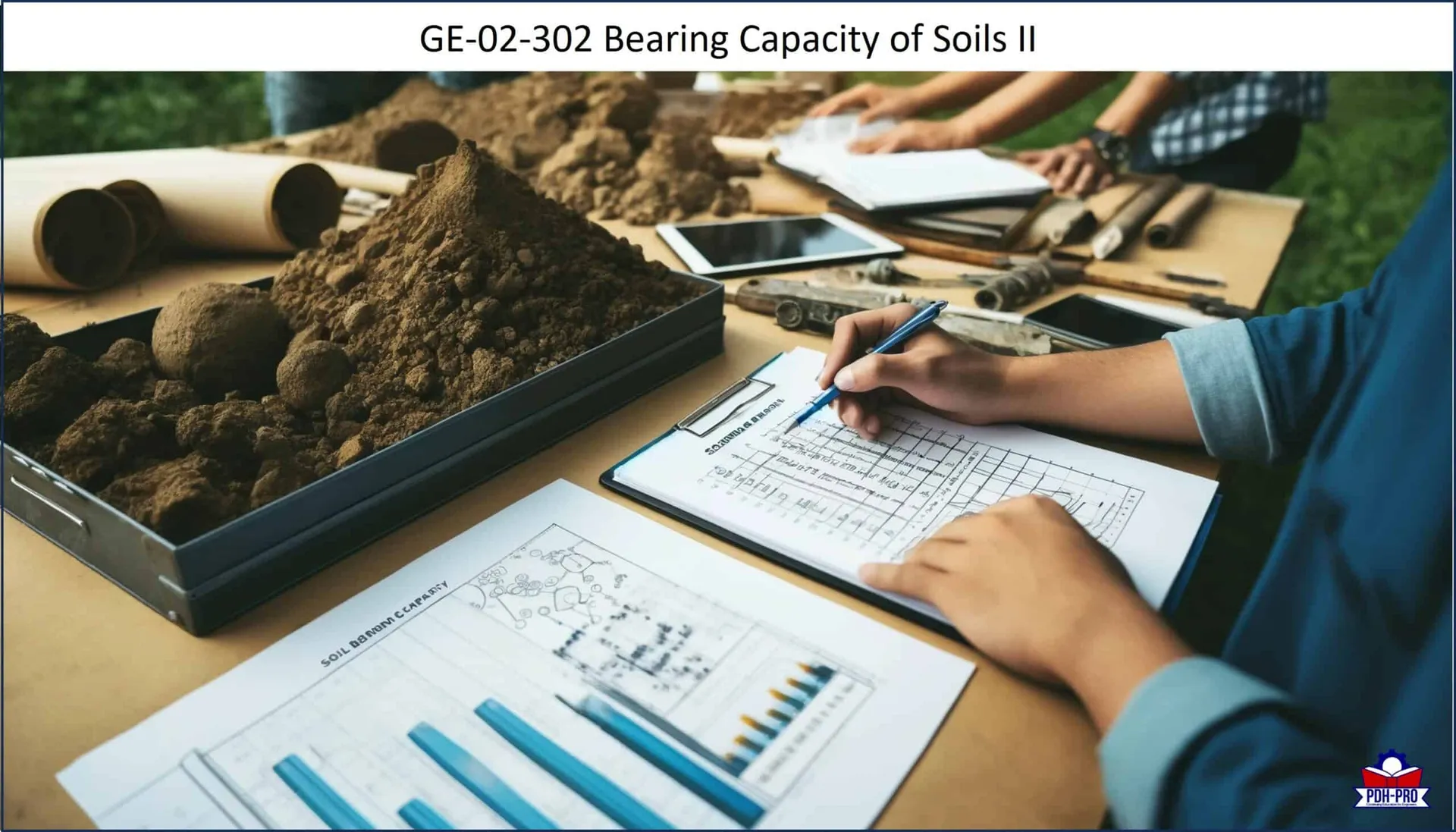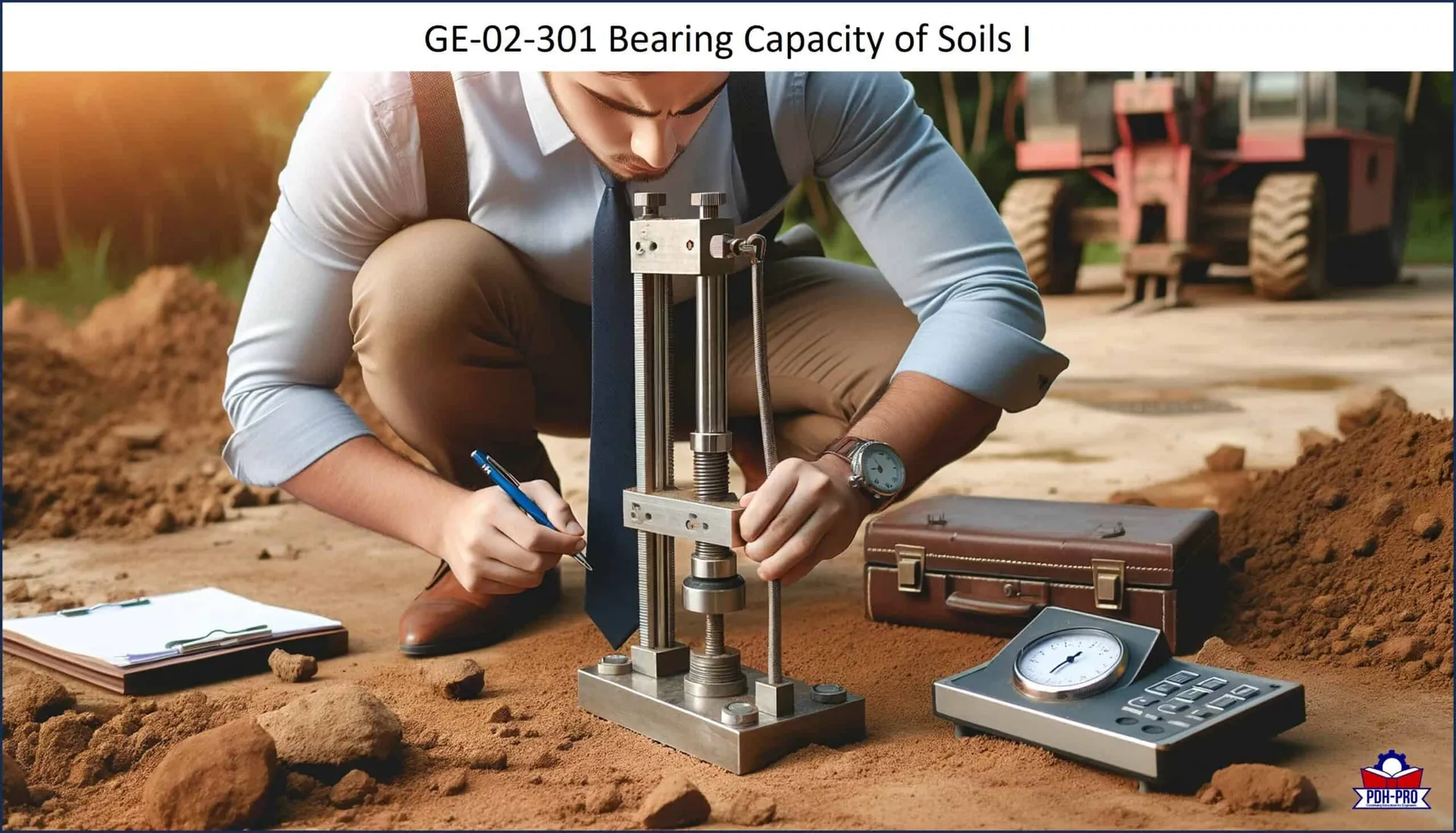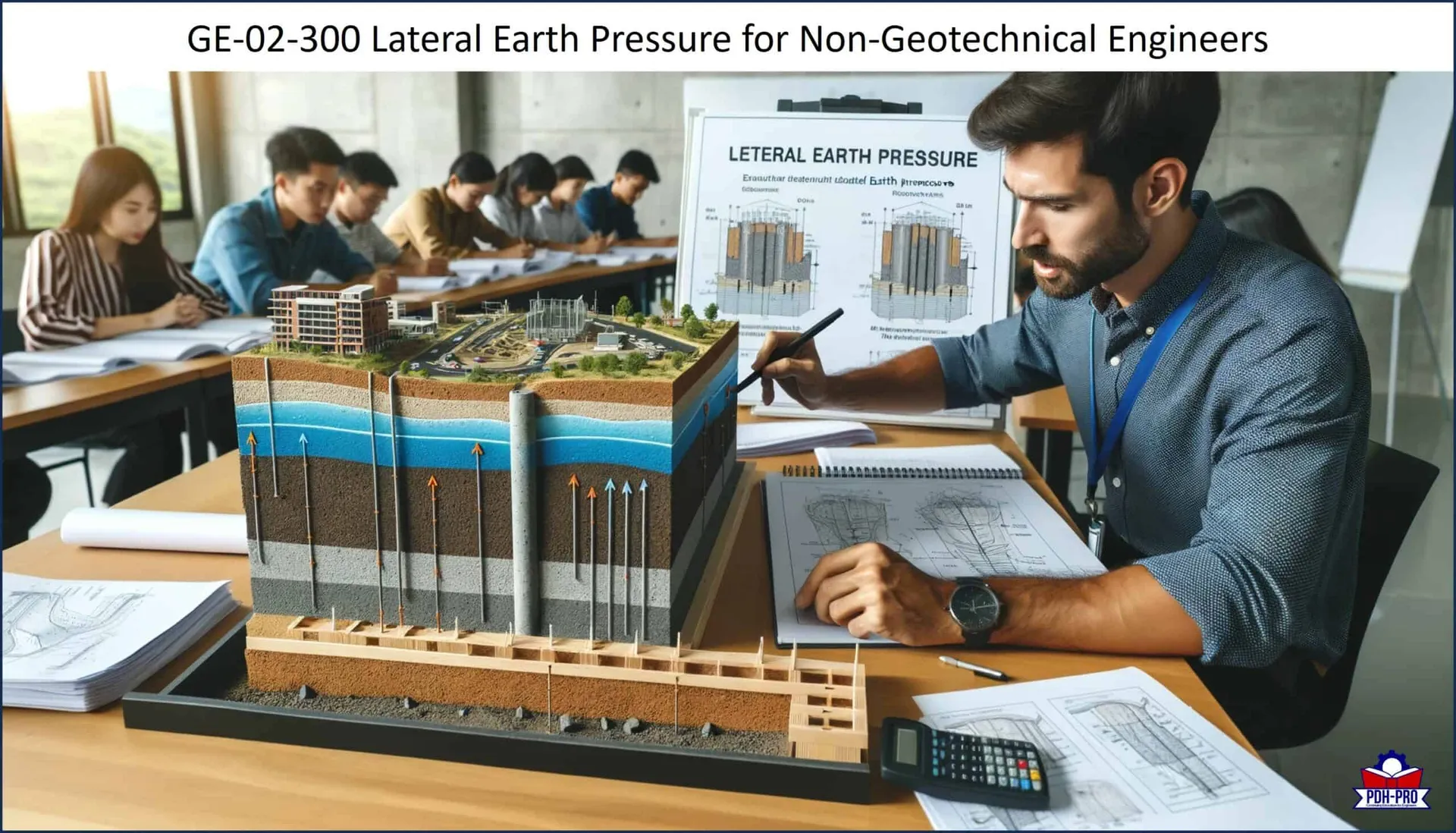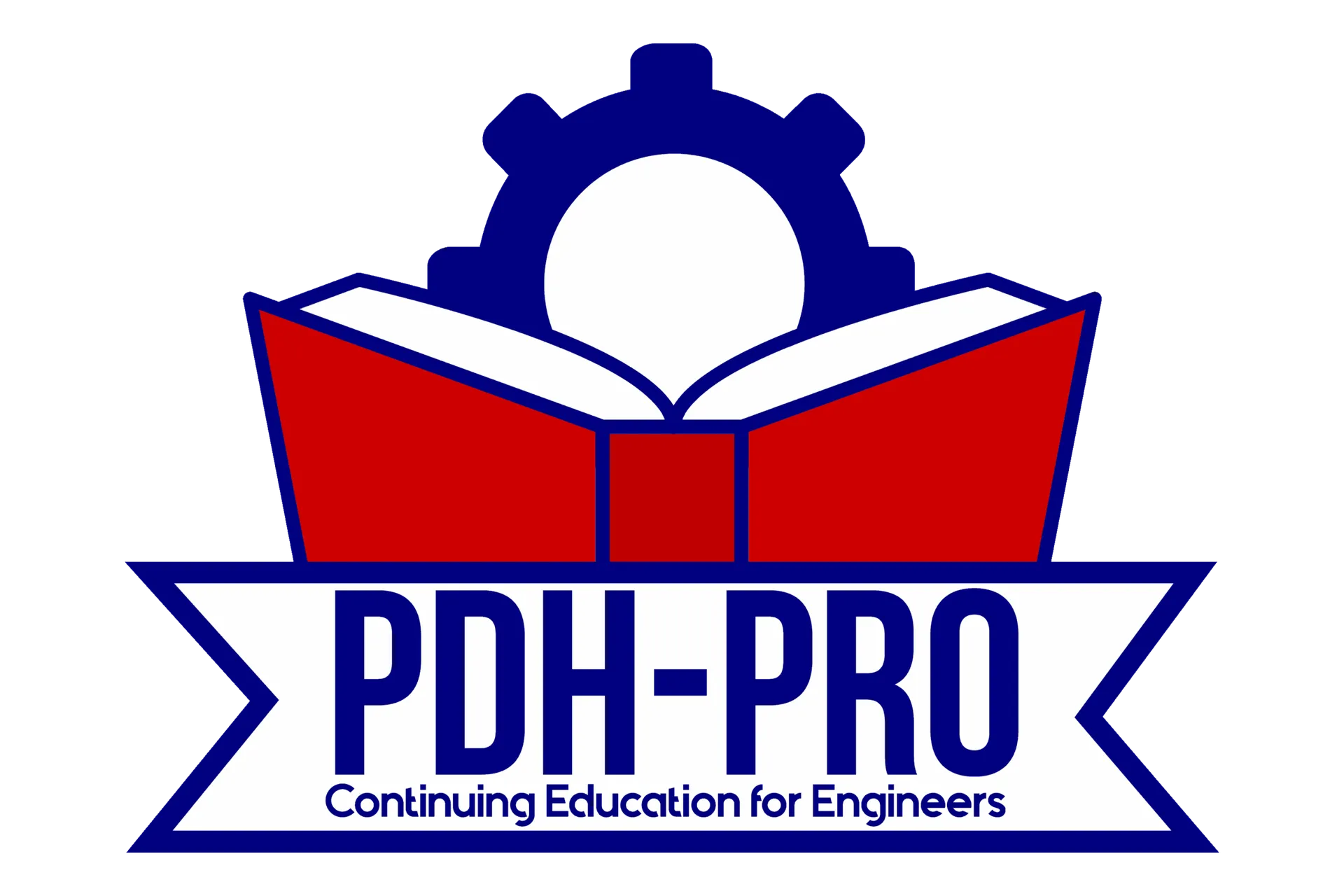
- Home
- Contact Us
- Corporate Solutions
- Webinars
- Packages
- Courses
- Categories
- Live Webinars
- Packages
- Chemical Engineering
- Civil Engineering
- Electrical Engineering
- Petroleum Engineering
- Environmental Engineering
- Geotechnical Engineering
- Mechanical Engineering
- Structural Engineering
- Sustainability
- State Rules and Regulations
- Ethics and Law
- Project Management
- HSSE
- Petroleum Engineering
- Timed & Monitored – Ohio
- On Demand Webinars
- More
Course Modern 2 Columns
Condimentum Cursus Lorem ParturientSlope Stability
Slope Stability This course provides guidance for analyzing the static stability of slopes of earth and rock-fill dams, slopes of other types of embankments, excavated slopes, and natural slopes in soil and soft rock. Methods for analysis of slope stability are described and are illustrated by examples in the appendices. Topics include design considerations, design…
Soil Stabilization for Pavements
Soil Stabilization for Pavements This course provides guidance for the design and improvement of the structural quality and workability of soils used for base courses, subbase courses, select materials, and subgrades for pavements construction. The training material is from the US Army Corps of Engineers document “Soil Stabilization for Pavements Mobilization Construction”. Criteria and standards…
Corrosion of Soil Reinforcements
Corrosion of Soil Reinforcements Engineers and specialty material suppliers have been designing reinforced soil structures for the past 35 years. During the last decade significant improvements have been made to the design methods and in the understanding of factors affecting the durability of the soil reinforcements. This work is becoming even more important now that…
Bearing Capacity of Soils II
Bearing Capacity of Soils II This course is limited to deep foundations, and provides guidelines for calculating the bearing capacity of soil beneath deep foundations supporting various types of structures and embankments. The training material, which is from the Army Corps of Engineers document “Bearing Capacity of Soils”, is intended as a guide for determining…
Bearing Capacity of Soils I
Bearing Capacity of Soils I This course provides guidelines for calculating the bearing capacity of soil beneath shallow and deep foundations supporting various types of structures and embankments. The training material, which is from the Army Corps of Engineers document “Bearing Capacity of Soils”, is intended as a guide for determining allowable and ultimate bearing…
Lateral Earth Pressure for Non-Geotechnical Engineers
Lateral Earth Pressure for Non-Geotechnical Engineers Author: Richard Weber This course is intended for a diverse audience, and, in particular, the non-geotechnical engineer. It is, therefore, not intended to be an exhaustive review of the subject. This course discusses the three types of lateral earth pressure (at rest, active and passive) that apply to a…
